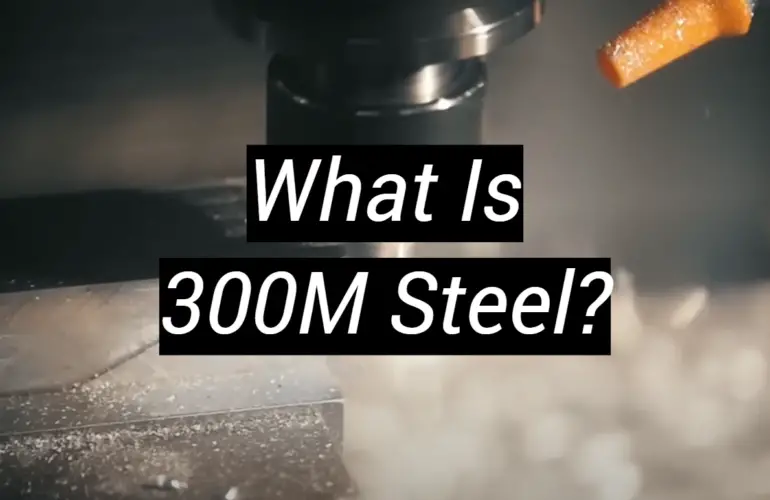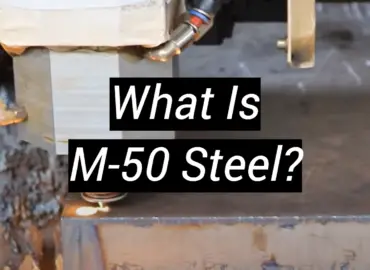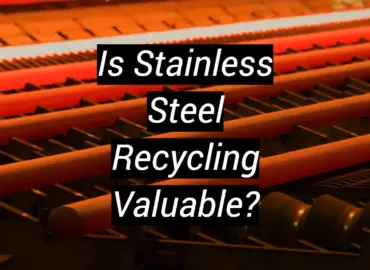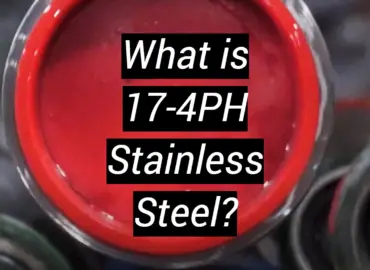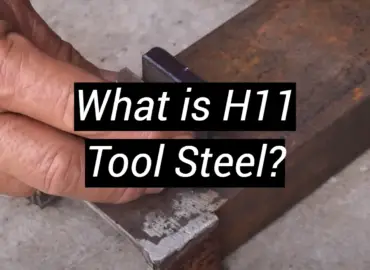300M steel, a variant of 4340 alloy steel, is a high-strength, low-alloy steel with remarkable properties that make it a sought-after material in the aerospace industry. Known for its exceptional toughness and high fatigue strength, this steel is specifically designed to meet the rigorous demands of aerospace applications.
The unique blend of properties exhibited by 300M steel enables it to withstand extreme conditions and provide unparalleled mechanical performance. Its exceptional durability and robustness make it an ideal choice for manufacturing critical components such as landing gears and aircraft structural parts. These components require exceptional strength and reliability to ensure the safety and performance of aircraft.
By utilizing 300M steel, aerospace manufacturers can confidently produce parts that can withstand the immense forces and stresses encountered during flight. The superior mechanical properties of this steel contribute to the overall performance and longevity of these components, ensuring the safety and efficiency of aerospace operations.
In summary, 300M steel is an exceptional material that combines high strength, toughness, and fatigue resistance, making it a preferred choice for manufacturing critical components in the aerospace industry. Its remarkable properties enable it to withstand the demanding conditions of aerospace applications, contributing to the overall safety and reliability of aircraft.
Chemical Composition
300M steel is a high-strength alloy renowned for its exceptional properties, and its robustness stems from its unique and carefully crafted chemical composition. This remarkable alloy includes elements such as Nickel, Chromium, Molybdenum, and Vanadium, carefully balanced to deliver outstanding performance. With approximate percentages of Nickel (1.65-2.00%), Chromium (0.7-0.9%), Molybdenum (0.3-0.5%), and Vanadium (0.05-0.10%), 300M steel exhibits remarkable strength and durability.
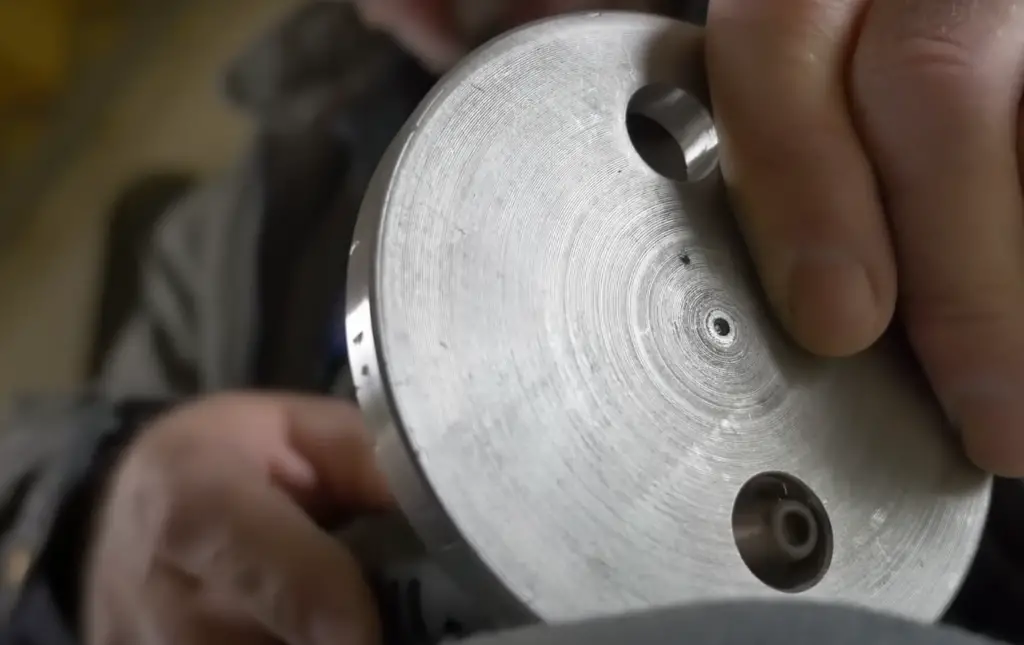
The remaining composition primarily consists of Iron, complemented by trace amounts of Carbon, Manganese, Silicon, Phosphorous, and Sulfur. It is this potent blend of elements that empowers 300M steel to excel in high-stress applications. Its exceptional strength and durability make it the go-to choice for demanding and critical applications where performance and reliability are paramount.[1]
Properties
300M steel, renowned for its exceptional properties, is highly sought after in a wide range of industrial applications. This alloy boasts an impressive tensile strength, ranging between 270,000 to 300,000 psi, ensuring its ability to withstand immense mechanical stress. Notably, its yield strength measures between 230,000 to 260,000 psi, further solidifying its reliability in demanding conditions.
Moreover, this alloy exhibits excellent ductility, allowing it to be easily shaped or bent without the risk of fracturing. Even at low temperatures, 300M steel retains its high degree of toughness and impact resistance, making it an excellent choice for the aerospace industry.Although its corrosion resistance may not match that of stainless steel, 300M steel still demonstrates commendable resistance, especially when subjected to heat treatment. With its unique combination of properties, 300M steel stands as an exceptional material for various industrial needs, ensuring reliability, strength, and longevity in critical applications.[1],[2]
Physical
The physical properties of 300M steel contribute to its remarkable versatility and robustness. With a density of 7.85 g/cm³, 300M steel boasts exceptional physical strength, enabling it to effortlessly support heavy loads in various applications. Its impressive melting point of approximately 1,425-1,538°C ensures that it retains its structural integrity even under extreme heat conditions, making it highly reliable for demanding environments. Moreover, with a thermal expansion coefficient of approximately 11.3 µm/m-°C, 300M steel can withstand significant temperature variations without experiencing substantial changes in shape or volume, ensuring consistent performance across diverse thermal conditions. Additionally, its thermal conductivity of around 25.3 W/m-K allows for efficient dissipation of heat, preventing any potential overheating issues. These outstanding physical properties collectively enhance the resilience and durability of 300M steel, making it an ideal choice for strenuous applications in industries such as aerospace, where reliability and performance are of utmost importance.
Mechanical
300M steel exhibits remarkable mechanical properties, further demonstrating its suitability for high-stress applications. With its high tensile and yield strength, as previously mentioned, 300M steel boasts exceptional durability and resilience, making it ideal for industries that demand superior mechanical performance and longevity.
In addition to its impressive strength, 300M steel’s hardness typically falls in the range of 53-59 HRC when heat-treated, indicating a high level of resistance to deformation and wear. This hardness ensures that the material can withstand intense pressure and maintain its structural integrity even under demanding conditions.
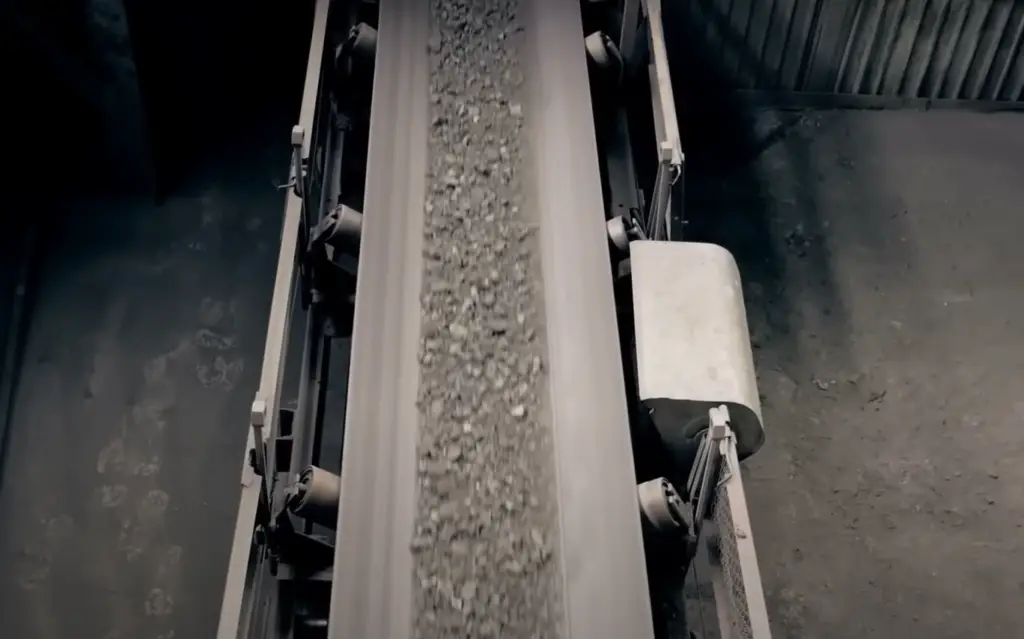
Moreover, 300M steel showcases excellent ductility, with an elongation of approximately 7-11%. This remarkable ability to stretch without breaking enhances its overall performance and adaptability in various applications.
When subjected to intense impacts, 300M steel demonstrates its commendable Izod impact strength, falling in the range of 70-80 J. This exceptional resistance to sudden impacts further solidifies its reliability and suitability for high-stress environments.
In summary, the combination of these remarkable mechanical properties makes 300M steel a preferred material in industries that require not only exceptional mechanical performance but also outstanding durability and resilience.
Fabrication and Heat Treatment
The fabrication of 300M steel encompasses a range of intricate processes aimed at transforming the raw material into a precisely tailored end-product. From heat treatment to mechanical shaping, each step is carefully orchestrated to ensure optimal strength and performance. When it comes to machining, conventional methods can be employed, although the use of carbide tools is highly recommended due to the alloy’s exceptional hardness. Additionally, thanks to its remarkable ductility, this steel can be formed using standard techniques, allowing for a wide range of manufacturing possibilities. With its unique combination of strength and malleability, 300M steel offers unparalleled versatility for various industrial applications.[2],[3]
Machinability
The machinability of 300M steel is relatively moderate due to its high strength and hardness. However, with the use of high-performance tooling materials and appropriate machining parameters, it can be cut, drilled, or milled effectively. Carbide tools are often recommended for machining this alloy, as they offer a balance of durability and precision. Coolant usage is also highly advised during the machining process to prevent excessive heat build-up and to ensure smooth and accurate cuts.
Furthermore, it is important to consider the specific cutting speeds, feed rates, and depths of cut when machining 300M steel. Optimizing these parameters can maximize efficiency and reduce tool wear. Additionally, the selection of the proper cutting tool geometry and coating can further enhance the machining process.
Despite the challenges associated with machining 300M steel, the successful execution of this process results in components that offer unparalleled strength and durability. The effort put into machining this steel is undoubtedly worthwhile, as it enables the production of high-quality parts that can withstand demanding applications.
It is crucial, however, to note that any machining of 300M steel should ideally be performed prior to the final heat treatment. This approach minimizes tool wear and enhances the overall efficiency of the manufacturing process, ensuring optimal results.
In summary, while machining 300M steel requires careful consideration of tooling materials, machining parameters, and coolant usage, the end result is components that exhibit exceptional strength and durability, making it a highly desirable material in various industries.
Forming
Forming 300M steel requires a thoughtful and meticulous approach due to its exceptional combination of high strength and hardness. However, its excellent ductility, which refers to its ability to deform without breaking, allows it to be successfully formed into various shapes using standard metalworking processes such as bending, drawing, or stamping.
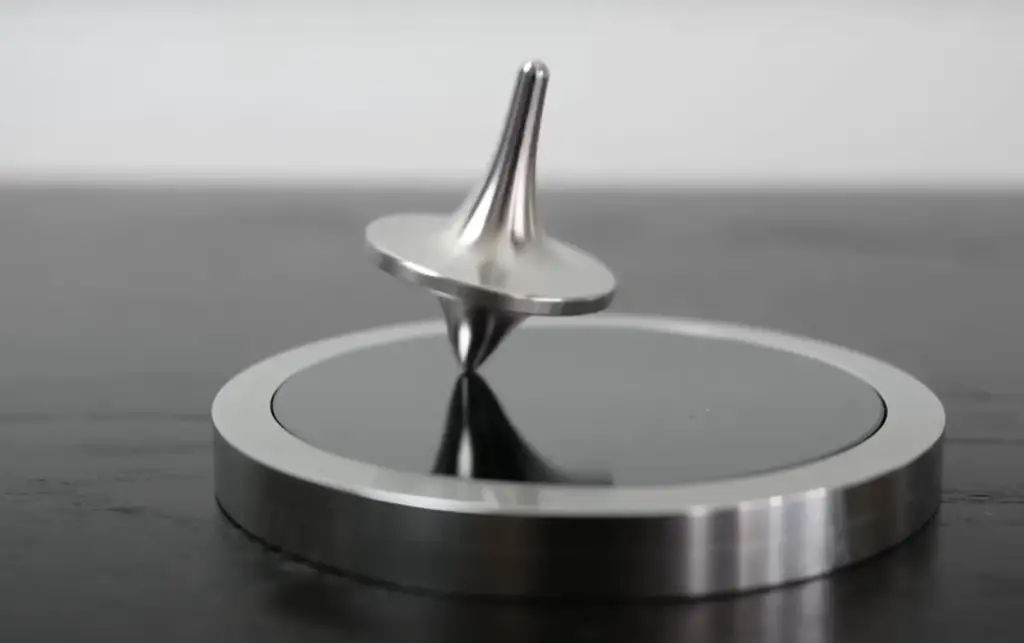
To ensure the best results, it is critical to ensure that the steel is adequately heated before any forming processes are undertaken. This heating process increases the steel’s malleability, making it easier to shape while reducing the risk of cracking or fracturing. The formability of this alloy is truly one of its most significant assets, as it allows manufacturers to achieve complex geometries and designs without compromising the material’s integrity.
It is worth noting that the forming process is ideally performed prior to the final heat treatment. This sequence helps to avoid the risk of deformation or structural deterioration that may occur during the heat treatment process, ensuring that the formed 300M steel parts maintain their exceptional strength and durability.
Despite the initial challenges involved in working with 300M steel, the resulting formed parts offer exceptional performance, underlining the alloy’s versatility and suitability for demanding applications.
Welding
Welding 300M steel presents unique challenges due to its high alloying elements and strength. The alloy is known for its hardenability, which can lead to the formation of brittle phases in the heat-affected zone during welding, potentially reducing the overall mechanical performance. Despite these complications, with proper preheating, post-weld heat treatment, and the use of suitable filler materials, successful welding of 300M steel can be achieved.
Additionally, due to the alloy’s air-hardening characteristic, a slow cooling process in a furnace or under insulation is advised after welding to reduce the risk of cracking.Post-weld heat treatment plays a vital role in restoring the mechanical properties and relieving welding stresses. This includes tempering, which helps to enhance the strength and toughness of the welded joints. By carefully controlling these factors and applying the necessary expertise, welding 300M steel can yield strong and durable joints that are suitable for high-stress applications.
In summary, welding 300M steel demands careful attention and expertise, but when executed correctly, it can result in robust and resilient joints capable of withstanding demanding conditions.
Heat Treatment
Heat treatment of 300M steel is a meticulous and intricate process that plays a vital role in enhancing its mechanical properties. This comprehensive process encompasses several meticulously executed steps, starting with annealing. During annealing, the alloy is carefully heated to a precise temperature of 843°C (1550°F) and then subjected to a gradual cooling process in a controlled furnace environment. This deliberate cooling helps to relieve internal stresses within the alloy, while also enhancing its machinability, making it easier to work with.
The next crucial phase in the heat treatment process is hardening. In this stage, the steel is heated to a specific temperature of 899°C (1650°F), followed by a rapid quenching process in oil. This rapid cooling process enhances the alloy’s hardness and strength, imparting exceptional toughness and durability to the material.
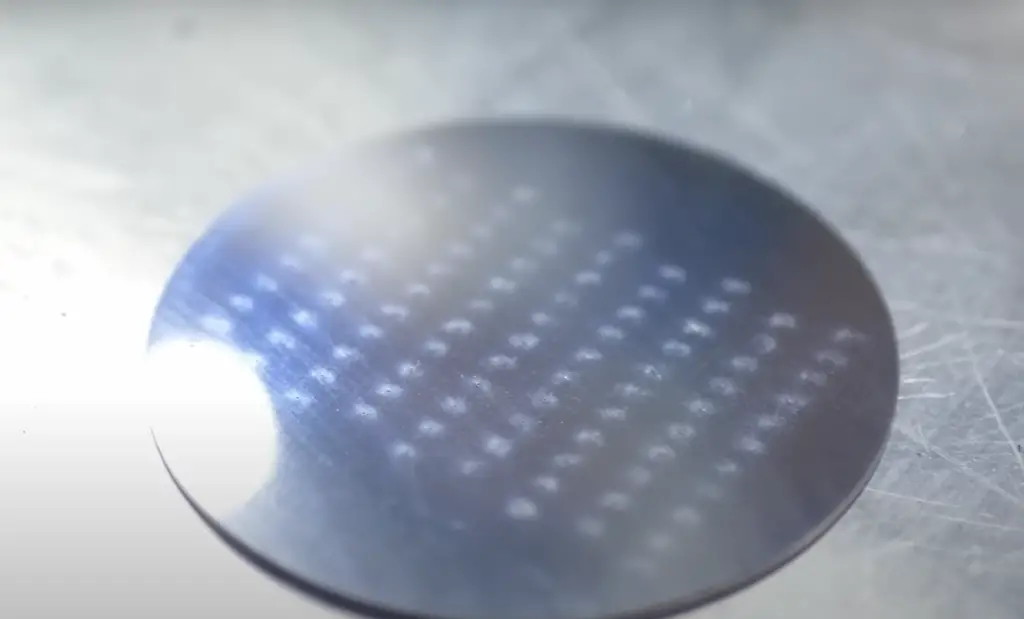
Once the hardening process is complete, the steel undergoes tempering to further refine its properties. During tempering, the steel is reheated to a carefully controlled temperature range of 149-200°C (300-392°F) and then allowed to air-cool. This controlled reheating and cooling process enhances the toughness of the alloy while reducing its brittleness, making it highly suitable for demanding applications that involve high-stress conditions.
For the heat treatment process to yield optimal results, precise control of both temperature and time is of utmost importance. The specific parameters may vary depending on the desired properties and the intended application of the 300M steel. Therefore, it is imperative that this intricate process is carried out by trained professionals who possess the expertise to ensure the desired properties and performance of the material are achieved with precision and accuracy.
Cold Working
Cold working 300M steel is a widely employed method used to enhance its mechanical properties. This process involves deforming the steel at room temperature, without the application of heat. Due to the remarkable strength and hardness of 300M steel, cold working can be quite challenging, but it can significantly increase the material’s yield strength and hardness while decreasing its ductility.
Various processes, such as cold drawing, cold rolling, or cold forging, are commonly utilized in cold working 300M steel. However, it is crucial to note that excessive cold working can lead to the steel becoming excessively brittle. Therefore, to strike a balance between increasing strength and maintaining an adequate level of ductility, cold working should be followed by an appropriate heat treatment. This subsequent heat treatment helps to relieve the stresses induced by the deformation and restores the ductility of the steel, ensuring that the final product meets the desired specifications for its intended application.
Annealing
Annealing, a crucial heat treatment process, plays a vital role in preparing 300M steel for further processing and enhancing its mechanical properties. This meticulous procedure involves heating the alloy to an elevated temperature of approximately 843°C (1550°F) and allowing it to cool slowly inside the furnace. As the material gradually cools, it effectively reduces internal stresses and greatly improves its ductility, thereby making it easier to machine, form, or weld.
Moreover, annealing also refines the grain structure of the steel, imparting enhanced toughness and resistance to impact. This refined grain structure contributes to the steel’s overall mechanical strength and durability. However, it is crucial to ensure that the annealing process is carried out under controlled conditions to prevent any adverse effects, such as decarburization, which can compromise the steel’s integrity.
To achieve the desired results, the precise annealing parameters – including temperature, soaking time, and cooling rate – may need to be adjusted based on specific requirements. Factors such as desired hardness levels or machinability can influence the optimal annealing conditions. Given the intricacies involved, it is essential that the annealing of 300M steel is always undertaken by trained professionals. This ensures that the treated material possesses the ideal properties necessary for its intended application, guaranteeing the utmost performance and reliability.
Tempering
Tempering, a crucial step in the heat treatment of 300M steel, plays a vital role in enhancing its toughness while reducing brittleness. This process involves carefully reheating the quenched steel within a temperature range of 149-200°C (300-392°F) and allowing it to air-cool. By subjecting the steel to controlled reheating, the residual stresses induced during the previous hardening step are alleviated, resulting in a more ductile and resilient material. This improved material can better withstand high-stress applications, making it highly sought after in various industries.
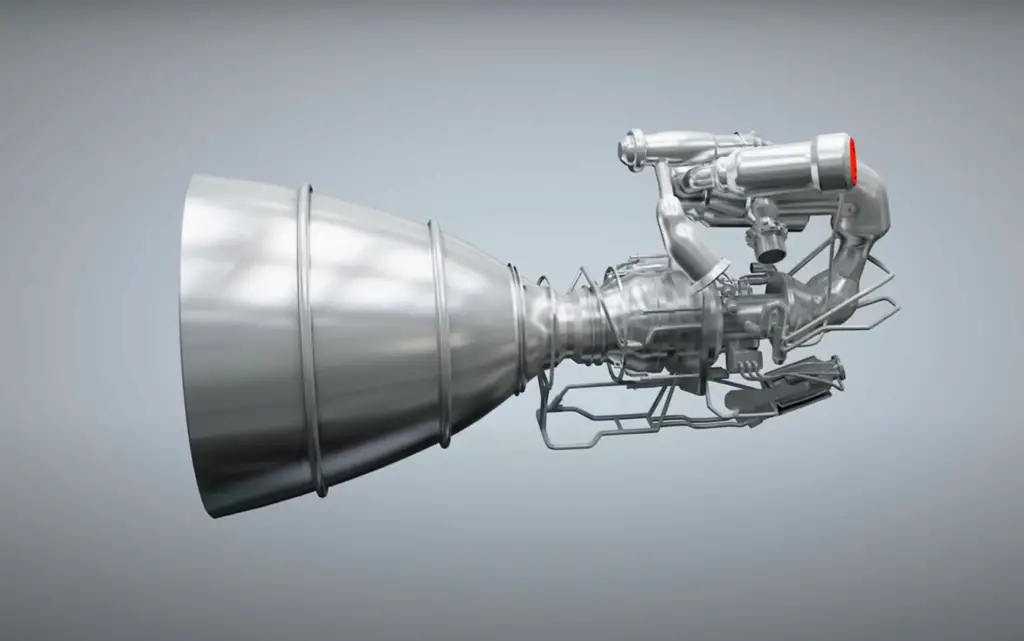
The specific temperature and duration of the tempering process may vary depending on the desired balance of hardness, strength, and ductility. Skilled professionals employ their expertise to determine the precise parameters, ensuring that the resulting material meets the exact requirements of its intended use. It is worth noting that meticulous control is essential during tempering to prevent overheating, as this could potentially alter the material’s properties in an unfavorable manner.
Given the critical nature of tempering 300M steel, it is paramount that this process is entrusted to experienced professionals. Their expertise and attention to detail guarantee that the final material exhibits optimal characteristics, making it reliable and suitable for a wide range of demanding applications.
Hardening
Hardening is a crucial heat treatment process for 300M steel, meticulously designed to significantly enhance its hardness and strength.
Subsequently, the steel is rapidly cooled down through quenching, accomplished by immersing it in either oil or water. This rapid cooling induces the formation of a resilient and robust martensitic structure within the steel, thereby resulting in a substantial improvement in its mechanical characteristics.However, it is important to note that while hardening effectively enhances hardness and strength, it also increases the brittleness of the material. To achieve a well-balanced composition of hardness, strength, and ductility, the hardening process is typically followed by tempering. Tempering involves subjecting the hardened steel to a specific temperature range, enabling a controlled reduction in its brittleness while preserving its desirable properties.
The exact temperature and quenching method employed during the hardening process can vary based on the specific application and desired properties of the 300M steel. It is of utmost importance to meticulously monitor the hardening process with precision to prevent any potential overheating or rapid cooling that may adversely affect the steel’s properties. Consequently, it is imperative that the hardening of 300M steel is exclusively conducted by skilled and trained professionals. This ensures the attainment of the best possible outcome, aligning with the intended use of the steel.
Applications
300M steel is widely recognized and highly regarded for its exceptional strength and toughness, making it an unparalleled choice for numerous high-stress applications. In the aerospace industry, this remarkable alloy finds extensive use in the production of critical components like aircraft landing gear, shafts, and other parts that demand not only high yield strength but also exceptional resistance to fatigue. Meanwhile, in the automotive sector, 300M steel shines as a preferred material for manufacturing high-performance parts such as axles, driveshafts, and transmission components, owing to its outstanding toughness and remarkable wear resistance.
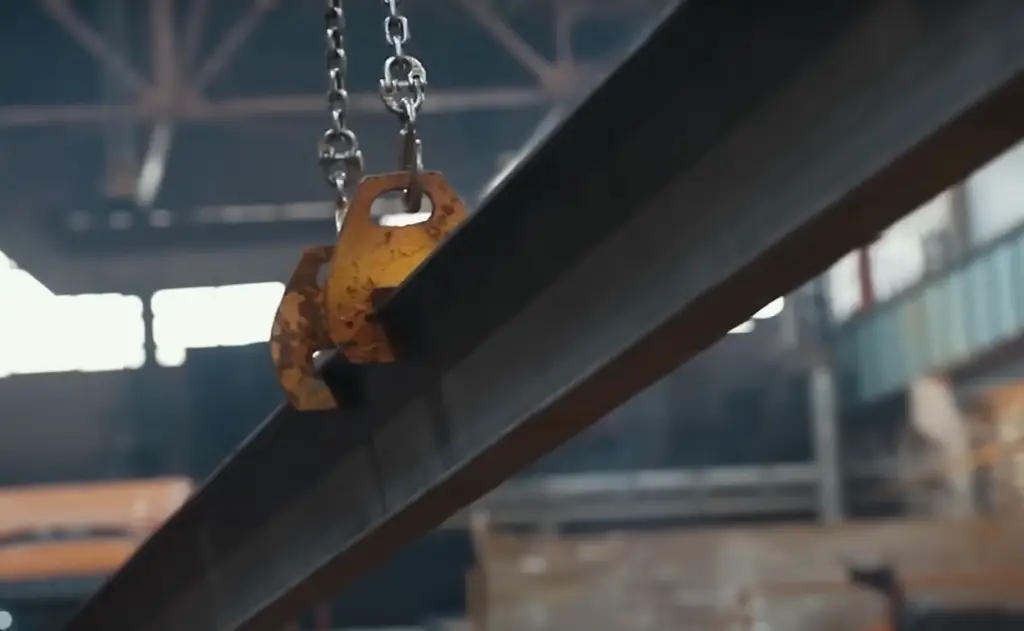
Beyond these industries, the versatility of 300M steel extends to the manufacturing of tools and machinery that require uncompromising strength and durability. Additionally, this remarkable alloy finds applications in defense equipment, sports equipment, and oil drilling equipment, where its superior combination of strength, ductility, and resistance to impact and corrosion are of paramount importance. Although the processing of 300M steel may entail a higher level of complexity compared to other types of steel, its exceptional properties and unparalleled performance render it indispensable in these demanding and critical applications.[3]
FAQ
What is 300M steel used for?
300M steel, known for its exceptional strength and resistance, is widely utilized in a wide range of sectors. Its outstanding properties make it the go-to material for critical components in the aerospace industry, including landing gear and shafts, where fatigue resistance is of utmost importance. Moreover, this versatile steel is highly favored in the automotive sector for the fabrication of high-performance parts like axles and transmission components, which demand not only excellent toughness but also exceptional wear resistance.
Beyond aerospace and automotive applications, 300M steel plays a crucial role in the manufacturing of heavy-duty tools and machinery, defense equipment, sporting gear, as well as oil drilling tools. Despite its demanding processing requirements, the superior characteristics of 300M steel make it indispensable in these application areas, ensuring reliability and durability in the face of challenging conditions.
What is 300M material equivalent to?
300M is a highly modified version of AISI 4340, a widely used grade recognized for its superior strength and toughness. While the closest equivalent in terms of chemical content and mechanical qualities is AISI 4340, it is important to note that 300M steel has improved performance due to the addition of Silicon, Vanadium and a slightly higher content of Cr and Mo.
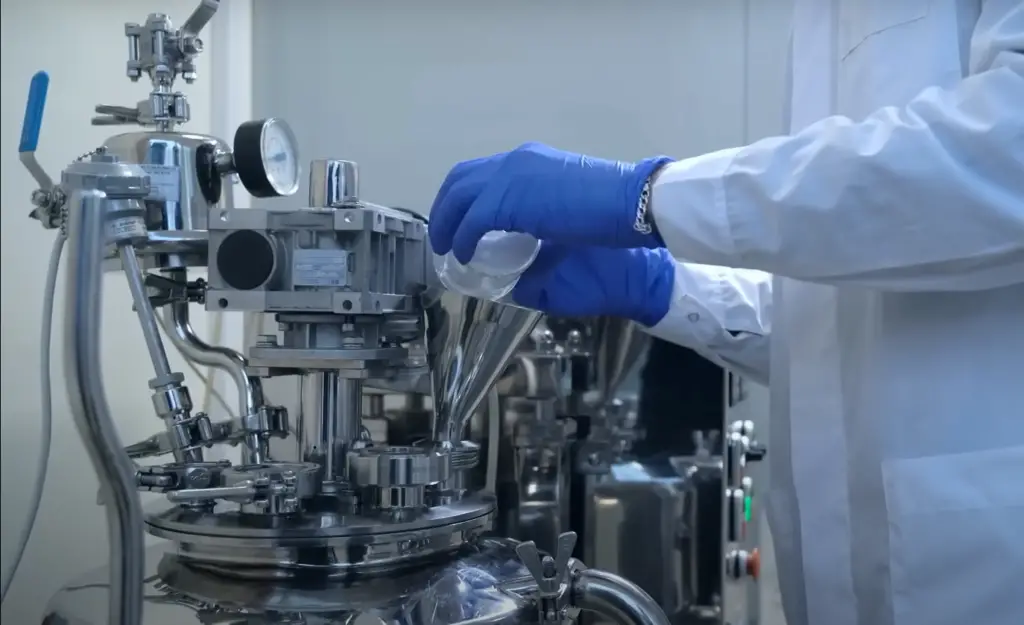
These alloying elements contribute to the strength and toughness of 300M steel, making it the best choice for applications that require extreme durability and reliability. The strategic combination of elements in 300M creates a unique microstructure that further enhances its properties. This alloy demonstrates exceptional fatigue strength, high fracture toughness and superior fracture toughness, making it suitable for harsh environments and critical applications where failure is unacceptable.
While stainless steel AISI 4340 can be considered as an alternative in some cases, 300M is the best choice for industries such as aerospace, defense and motorsports, where exceptional strength and durability are of paramount importance. Thanks to its exceptional performance characteristics, it has become a reliable material in the most demanding applications, ensuring optimum performance and safety.
As a result, 300M steel with its advanced chemical composition and superior mechanical properties provides unmatched strength and toughness. Its unmatched qualities make it the preferred choice for industries that require high-performance materials that can withstand extreme conditions and deliver exceptional results.
Is 4340M the same as 300M?
Though 4340M and 300M steel share some similarities in their chemical composition, they are not the same. 300M steel is a modification of AISI 4340 steel, boasting a higher content of Silicon, Vanadium, Carbon, and Molybdenum. This modified content gives 300M steel superior strength and toughness compared to 4340M steel. The increased Silicon content enhances the steel’s resistance to wear and fatigue, while the higher vanadium content improves its hardenability. Additionally, the elevated Carbon and Molybdenum levels contribute to the steel’s ability to withstand high-stress conditions and maintain its structural integrity. Therefore, while they might be similar, their differences in material properties make them suited for different applications, with 300M steel being particularly well-suited for aerospace and automotive applications that require exceptional strength and durability.
What is the strength of 300M steel?
300 steel is widely celebrated for its exceptional strength and durability. With a typical yield strength ranging from 270,000 to 300,000 psi and an impressive tensile strength of around 290,000 psi, it stands as one of the strongest alloy steels available in the market.These strength values may, of course, have slight deviations depending on the individual thermal treatment process used during production.
What truly sets 300M steel apart is not just its remarkable strength, but also its outstanding toughness and resistance to fatigue. These qualities make it an ideal choice for high-stress applications where reliability and durability are paramount. In the aviation, engineering, automotive and other sectors, 300M steel continues to prove its strength, withstanding the harshest conditions and delivering unprecedented performance.
What temperature is 300M tempering?
The tempering process for 300M steel, a high-strength alloy, typically involves reheating the quenched steel to a precise temperature range between 149-200°C (300-392°F).
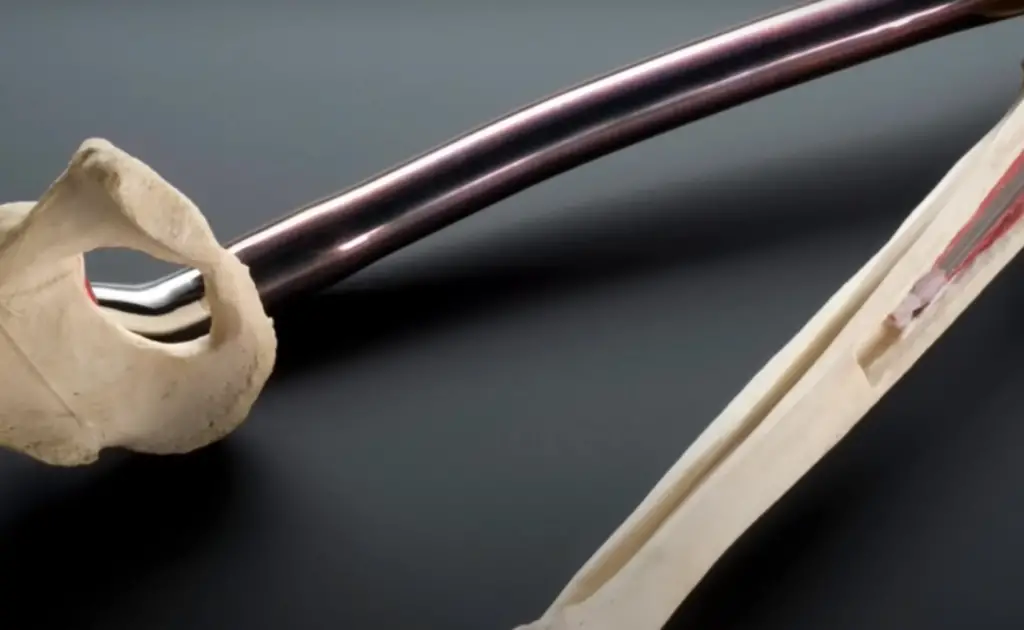
This controlled reheating step is crucial as it serves to alleviate some of the internal stresses induced during the previous hardening process, resulting in enhanced ductility and resilience of the material. By carefully adjusting the temperature and duration of the tempering process, manufacturers can achieve the desired balance of hardness, strength, and ductility tailored to specific applications and performance requirements. So, this meticulous and measured approach ensures that 300M steel exhibits optimal mechanical properties, making it a preferred choose in demanding engineering applications where exceptional strength and toughness are paramount.
Useful Video: Turning 300M Alloy Steel Square Blanks to ASTM E8 Round Tensile Specimens on the TensileTurn XL!
Conclusion
300M steel is an incredibly durable and strong alloy steel that has found extensive applications in various industries due to its superior mechanical properties. Its exceptional strength, toughness, and resistance to fatigue and wear make it an ideal choice for high-stress applications in the aerospace and automotive sectors, as well as in the manufacturing of heavy-duty tools, machinery, and sports equipment.
The alloy’s enhanced performance is a result of its elevated Silicon, Vanadium, Carbon, and Molybdenum content, which provide increased hardness, improved impact resistance, and excellent heat resistance. These properties make 300M steel stand out among similar materials like AISI 4340 steel, making it a preferred choice for critical applications where reliability and performance are paramount.
Despite the complexity of its heat treatment process, which requires precise control and specialized skills, the benefits of 300M steel outweigh its processing challenges. Its exceptional properties and reliability make it an invaluable resource for demanding applications that require strength, durability, and longevity. Whether it’s in the aerospace industry, automotive manufacturing, or heavy machinery, 300M steel continues to prove its worth as a reliable and high-performance material.
References:
- https://www.azom.com/article.aspx?ArticleID=6671
- https://www.suppliersonline.com/propertypages/300m.asp
- https://blog.thepipingmart.com/grades/aisi-300m-alloy-steel-uns-k44220-composition-properties-and-uses/

